In SEM, unlike in SEO, negative keywords are a vital component of a successful PPC activity and a healthy AdWords account. However, most PPC managers don’t understand how impactful a thorough list of negative keywords can be.
Read on for tips that you can incorporate into your SEM game:
Positive From The Negative
It’s much easier to start working on your negative keywords with an account that has historical data and enough clicks to deep dive into search queries reports. Whether manually, or with our Tweak & Fix module, you can build your optimal list quickly.
But what if you want to start a new account or campaign for a niche you have no data for – should you just sit and wait until enough clicks accumulate?
As with positive keywords – you can either start running on broads/phrases and gradually gather exacts from search queries or you can be proactive and make thorough keyword research, starting with 1000+ exacts from the get-go.
Finding The Wrong Words
So, how can you do initial negative keyword research? How do you find ideas for negatives?
Start with these steps:
1. General Negatives
There are some negatives that will fit in 80% of AdWords accounts, in most niches. These words are relatively easy to figure out. The first step is to think of general searches that might contain some of your desired words – the final meaning/intent is not related to your service/product. Those searches could be for music or videos, movies, places, job applications, some general or educational info, etc.
Here’s a brief example list to give you some thought direction:
“youtube” “Wikipedia” “mp3” “podcast” “videos” “sex” “xxx” “porn” “nude” “naked” “affiliate” bot” “malware” “scam” “jobs” “positions” “virus”
2. Keyword Planner
Another great way to get ideas for negatives is actually during your positive keywords research.
Keyword Planner will suggest to you quite a few irrelevant keywords – you can use as ideas for negatives.
Get specific! Look for places where your service/product does not operate/get delivered. You can find negatives for similar services offering features you do not provide.

3. High Volume Returns
Dig deeper by taking your top 5 high-volume keywords and checking them with keywordtool.io or ubersuggest.
These tools will generate a big list of long-tail keywords, sourced from Google search autocomplete. Get the search volume for these keywords -use keyword tool– and look for the ones with big/significant volume. Here you will find more ideas for negatives relevant to your product and niche.
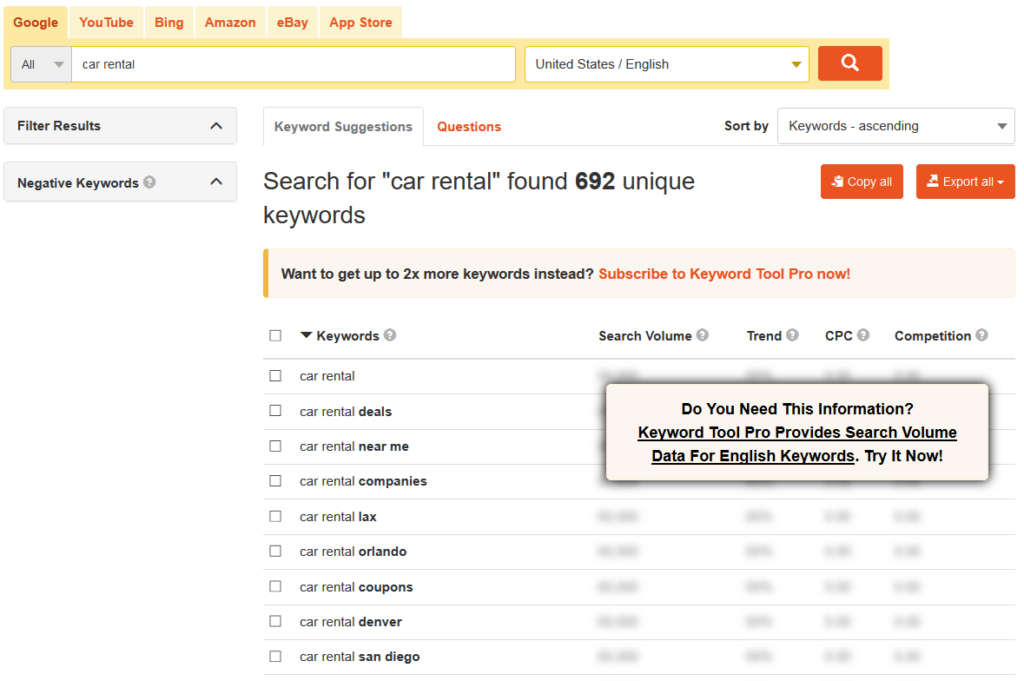
Less Is More
Remember it’s not always what you include, but what you exclude, that will deliver results.
Ready for positive results? See for yourself with our 30-day free trial
For an in-depth product walkthrough – schedule a demo today!











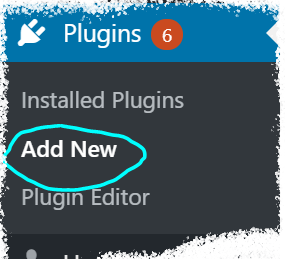
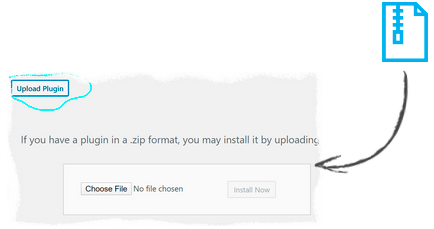

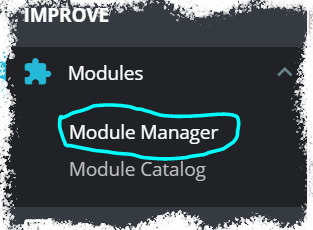

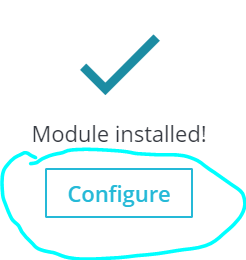



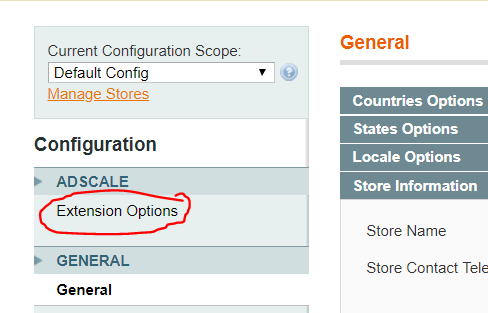

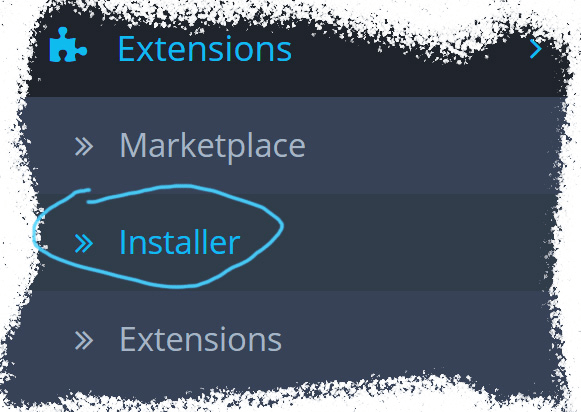

 ,
,